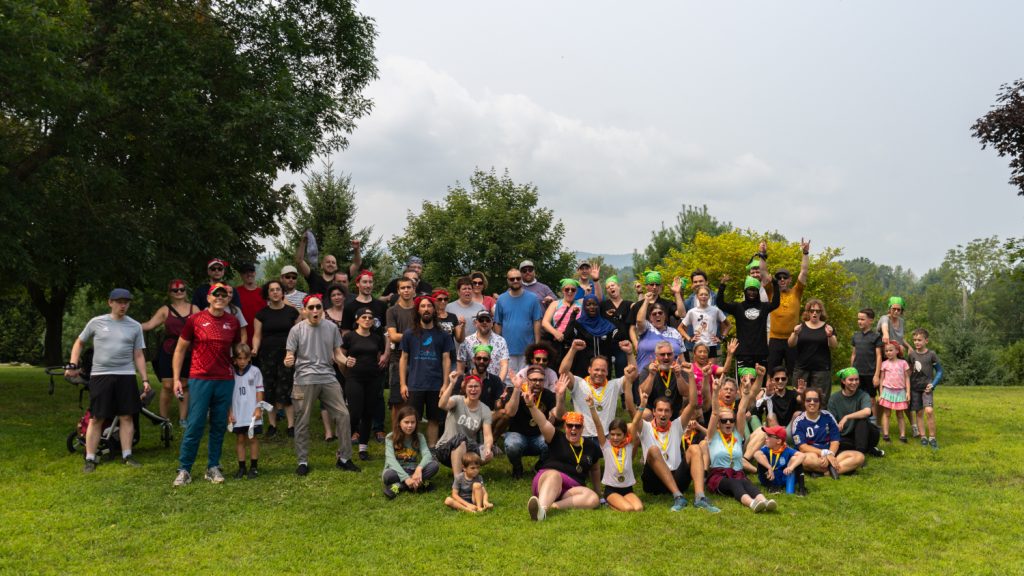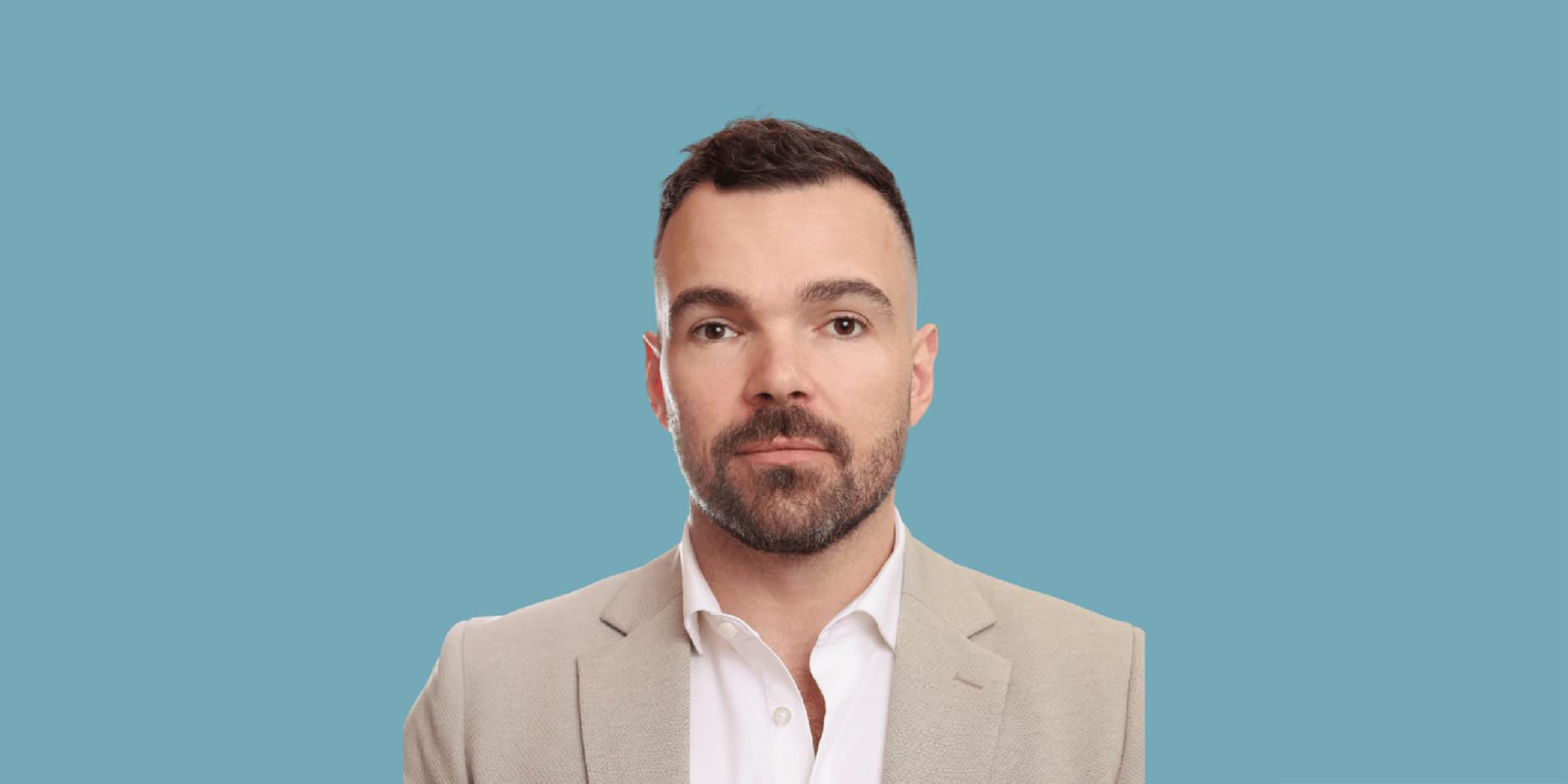For over thirty years, Lexumians have been dedicated to improving access to legal information. As we pass the 50-employee mark, we take this opportunity to look back at the history of our fantastic team.
In 1993, at the Centre de Recherche en Droit Public (CRDP) of the Université de Montréal’s Faculty of Law, Professor Daniel Poulin, with the help of a handful of research assistants, launched a project to make Supreme Court of Canada judgments available via a new computer network known as the Internet.
The idea was an inspiration, and the research team grew with new projects over the following years. Among the few students to join Lexum in 1996 were Frédéric Pelletier, then a law student and now VP Legal Information, and in 1997 Marc-André Morissette, then a computer science student and now VP Technologies. In 1999, students at the law faculty Ivan Mokanov and Pierre-Paul Lemyre joined Lexum, which then had a total of 7 employees. They were hired as part-time data entry research assistants. They go on to become President and VP of Business Development, respectively. Starting a job with Lexum is like being a lifer.
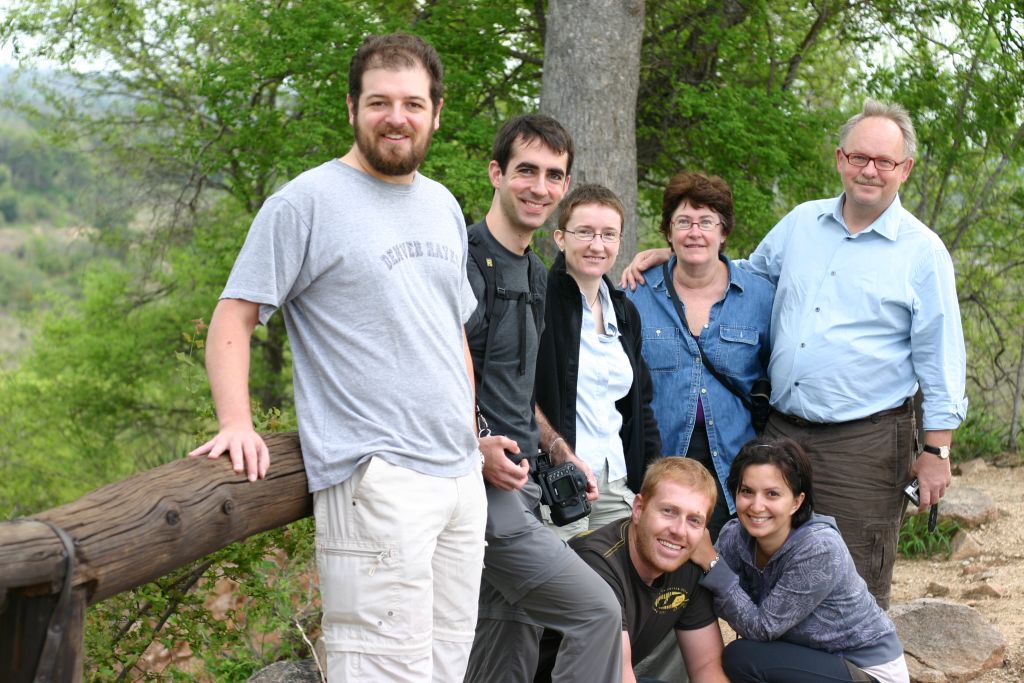
The year 2000 marked an important turning point for the team with the creation of the CanLII project, whose mission was to provide a centralized online access point to all primary Canadian legal information. The following year, CanLII became an NPO under the aegis of the Federation of Law Societies of Canada. Lexum, which provides the technology and operates CanLII on a day-to-day basis, obtains additional funding. The team eventually reaches 25 employees.
The influence of the Canadian experience leads to a proliferation of international opportunities. During this period, several team members had the opportunity to travel all over the world: France, Switzerland, Belgium, as well as South Africa, Burkina Faso, Guyana and Chile. Those who traveled with Daniel Poulin soon learned to be wary of his desire to waste as little time as possible in airports. On one trip to Washington, he managed to miss his outbound flight, only to cause the 5 other Lexumians present to miss their return flight…
This international involvement is reflected in Lexum’s involvement as a founding member of the Free Access to Law Movement and as a signatory to the Montreal Declaration on Free Access to Law.
By 2004, the CRDP premises were so cramped that the team had to rethink the use of space. Every square foot is optimized. In an office originally designed for a single teacher, six workstations were set up. Some joked that they were thinking of moving to China to improve their working conditions… This situation will prompt UdeM to grant Lexum more space in another building a few blocks away, on rue Jean-Brillant.
This brings us to 2006, the year in which the research team, still under the direction of Professor Poulin, obtains its independence from the CRDP. The Lexum Laboratory was thus created. The team moved to larger offices on Queen Mary Street, close to the UdeM campus. These premises would eventually house up to forty agents and research assistants, many of them involved on a part-time basis.
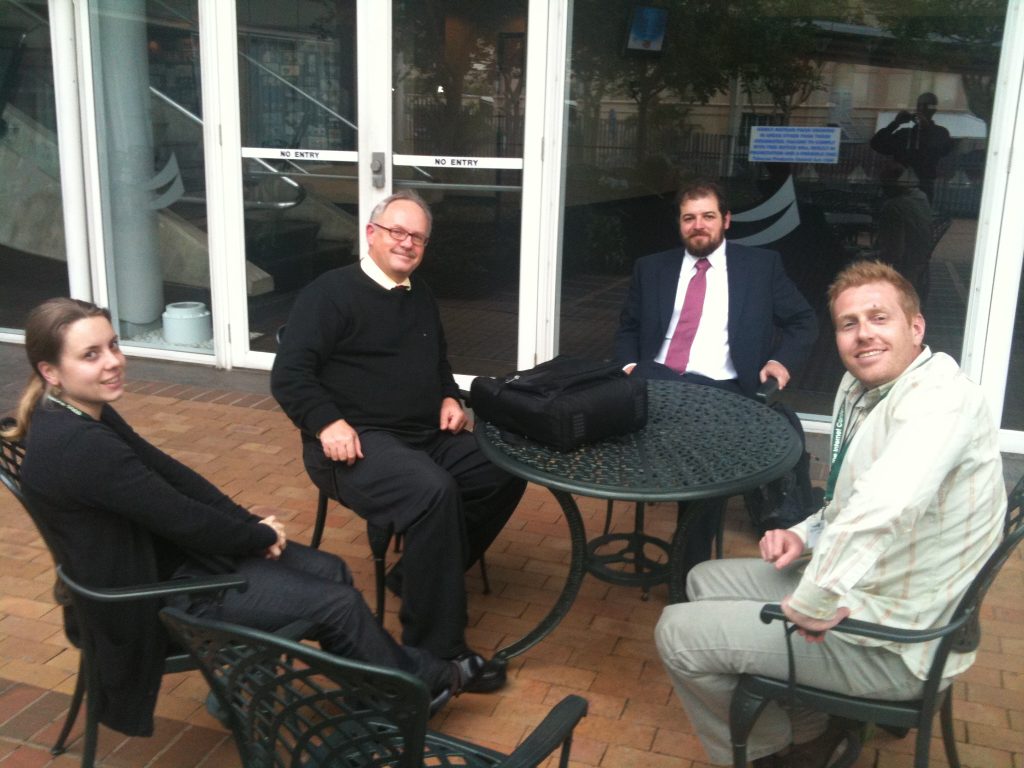
A major upheaval occurred on April 7, 2010: Lexum became a private company following a spin-off in which 8 of its principal researchers took part. On August 23, Lexum moved to its current offices on Boulevard St-Laurent. Despite the change in structure, traditions and team spirit live on. These include a late summer party, historically held at Daniel Poulin’s home, which gradually evolved into a two-day retreat in a regional hotel.
At its current location, the team enjoys a spectacular view of Mount Royal and a portion of downtown Montreal. Some might say that the giant screen recently installed at the express request of the President somewhat obstructs this view, but at least everyone can listen to the World Cup soccer matches in real time!
It is during this period that the latest member of the leadership team joins the group. Initially hired as a member of the customer service team, Emma Elliott would go on to distinguish herself, eventually taking up the position of VP Operations.
2018 marks the last major development in the life of the company with the acquisition of Lexum by CanLII. However, this implies few changes for the company’s thirty or so full-time employees, whose mandates remain unchanged. This is an opportunity for Daniel Poulin to take a well-deserved retirement, and for Ivan Mokanov to succeed him.
Between 2018 and 2023, the team will continue to expand in line with customer growth to reach some forty full-time employees. These are organized into two main groups: the IT team, responsible for software development, and the editorial team, responsible for data processing. These two important teams are supported by administrative, customer support and business development staff.
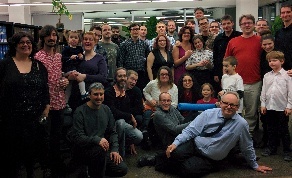
Finally, it’s the maturation of AI-based technologies that marks the latest wave of growth at Lexum. The launch of new AI products and services (AI enrichment, RAG) is behind the recent spike in hiring. The opening of new positions for java developers, customer service analysts, project managers and administrative technicians is now taking the team beyond the 50-employee threshold. In fact, some of these positions are still open. Visit our careers page to find out about current job opportunities!
Today, Lexum is a team of 50 people from all walks of life. Over time, our profiles have diversified enormously, but they continue to support our shared vision of providing broad, simple and rapid access to legal information.
